Beginning in tax year 2020, the IRS has updated its compliance rules for partnerships. Most partnerships will now be required to report their capital accounts. These accounts show the equity owned by each partner and typically include information like the initial contributions made by each partner, business profits and losses assigned to each partner, and distributions made to each partner.
More specifically, the new tax code requires partnerships to exclusively use the tax basis method to calculate their capital accounts. Previously, taxpayers were allowed to use several different methods—such as GAAP, Section 704(b), or others—so this change could result in significant accounting adjustments for some businesses.
The tax basis method reports partner contributions, share of partnership net income or loss, withdrawals and distributions, and other increases or decreases using tax basis principles. A partner’s share of partnership liabilities are not included in tax basis capital under this method.
Before 2018, the IRS was fairly silent on the necessity of maintaining capital accounts. Since there was no risk of penalty, many taxpayers did not keep an accurate capital account balance. Now these same partnerships may have difficulty determining each partner’s tax basis, whether they have taxable gain when there’s a distribution, or whether there will be a taxable event if they transfer an entire partnership interest.

Become a Certified Tax Planner! Fully immersive year-round training and guidance on how to implement sophisticated tax planning strategies. Drastically reduce your clients’ taxes and earn premium fees!
If a partnership does not have the data needed to reconstruct each partner’s capital account using the tax basis method, the IRS will allow them to use one of the following methods to determine the beginning tax basis capital account for 2020:
- Modified Outside Basis Method: A partner’s beginning capital account is equal to that partner’s interest in the partnership minus their share of partnership liabilities
- Modified Previously Taxed Capital Method: A partner’s beginning capital account balance is equal to the partner’s share of the partnership’s previously taxed capital.
- Section 704(b) Method: A partner’s beginning capital account is equal to the partner’s Section 704(b) capital account, minus any Section 704(c) built-in gains or losses.
The one exception to these rules is for small partnerships, which will not be required to complete the capital accounts analysis. A small partnership is defined by Question 4 on Schedule B as a business that meets all of the following requirements:
- Total gross receipts are less than $250,000
- Total assets are less than a million dollars
- Tax form 1065 was filed on time and Schedule K-1 was provided to each partner
- The partnership is not filing or required to file Schedule M-3
Partnerships also have the ability to make special allocations, which restructure distributions of profits and losses so that they do not correspond to the partners’ actual percentage interests in the business. This enables a partnership to compensate a partner who made a greater initial investment by giving them a greater share of the profits. We often see this discrepancy in medical practices, law firms, engineering firms, financial services firms, and similar businesses.
If the members want to base their share in the profits and expenses on factors other than ownership percentage, a partnership is likely the ideal entity choice. Given this motivation for creating a partnership, an important question for tax advisors to ask is: “How is the partnership going to share the income and losses?” Since not everyone shares income and expenses of the business according to their ownership percentage, a tax advisor will need to thoroughly review the allocations in order to devise the best plan.
Learn how to better anticipate the special tax planning needs for partnerships and LLCs: become a Certified Tax Planner today.





